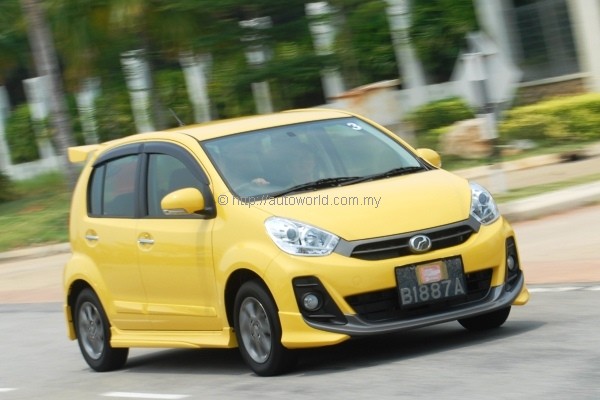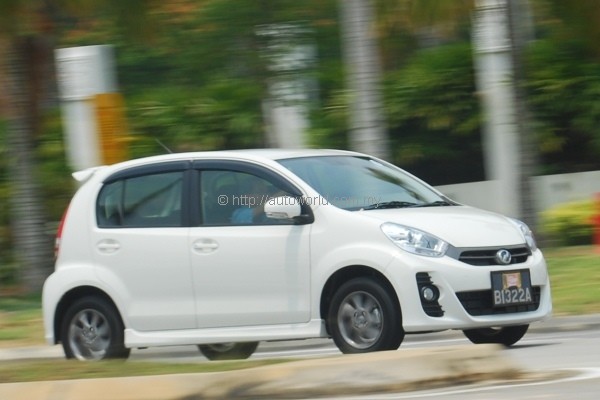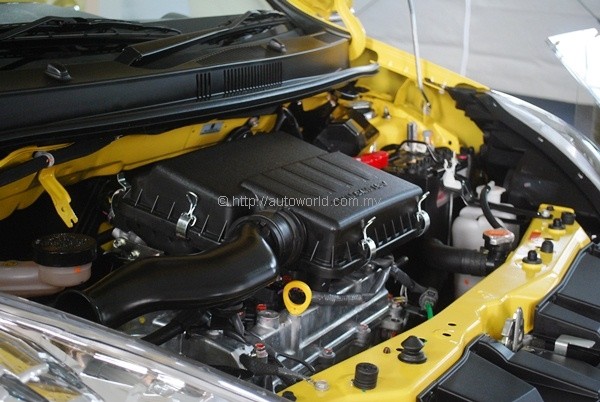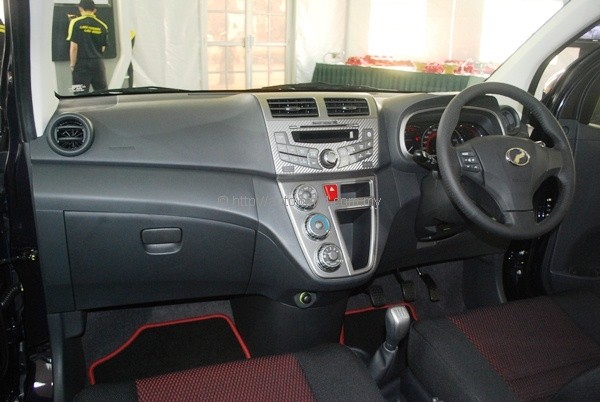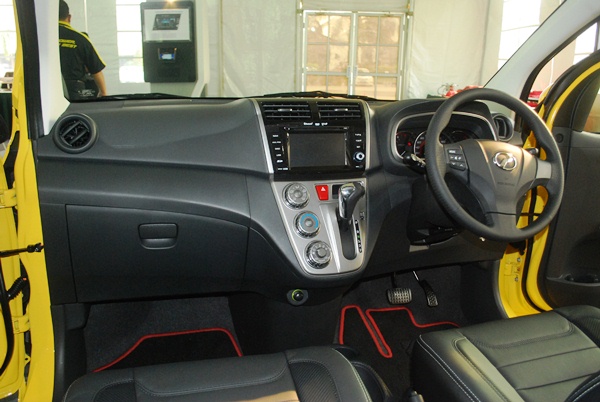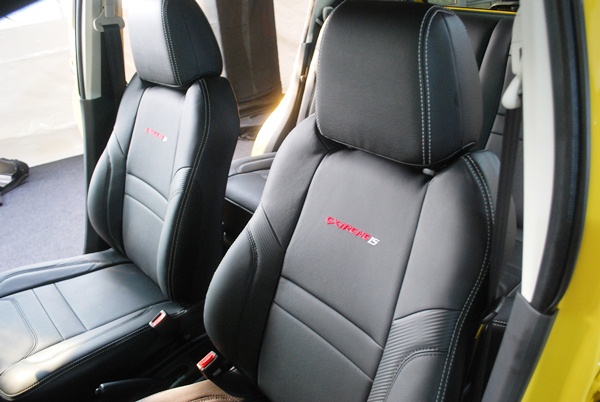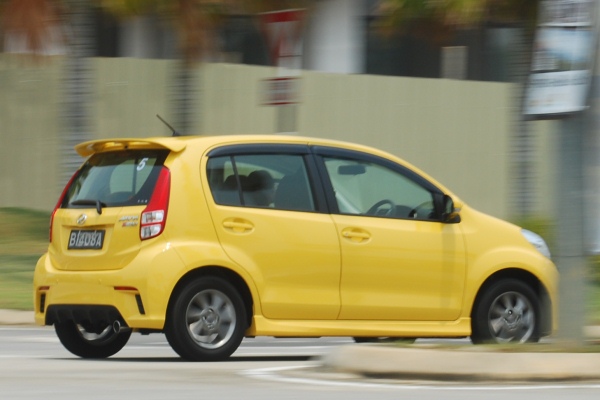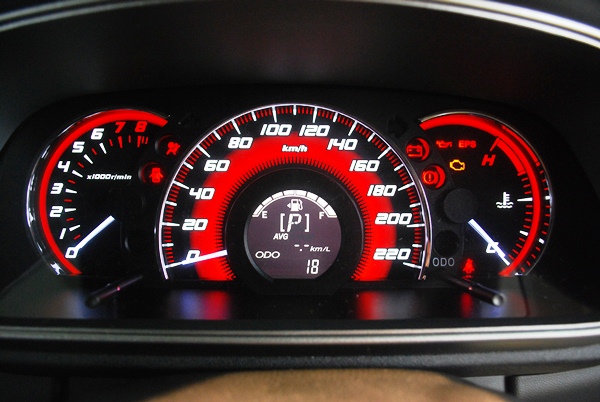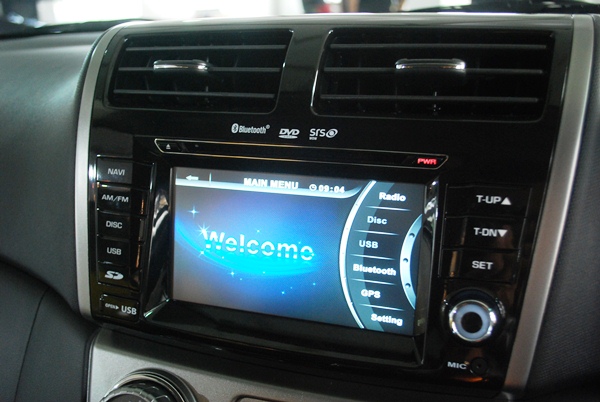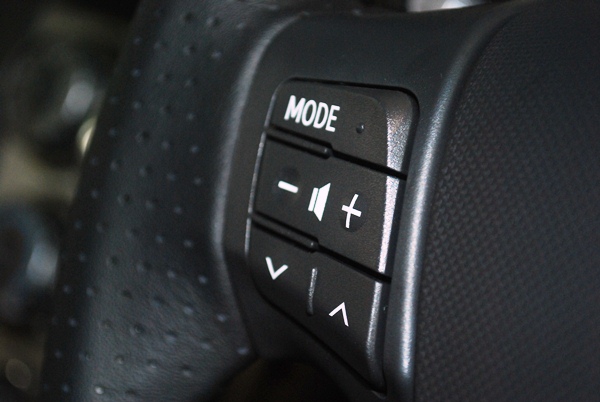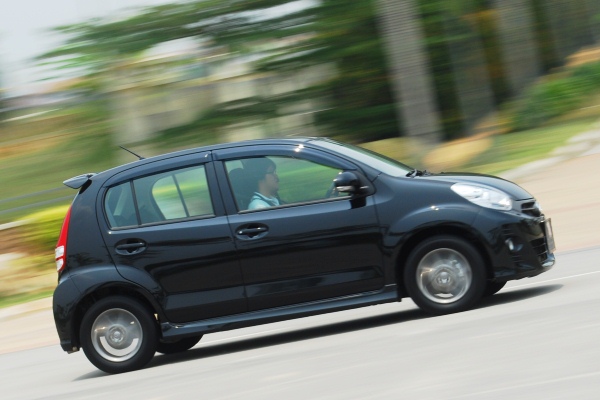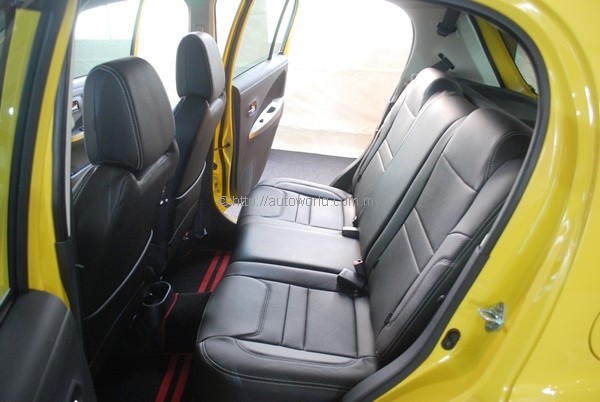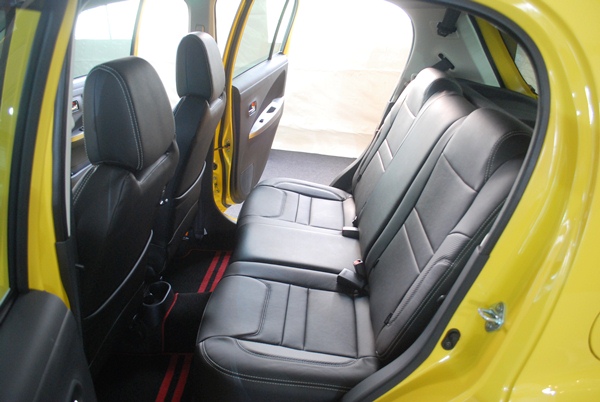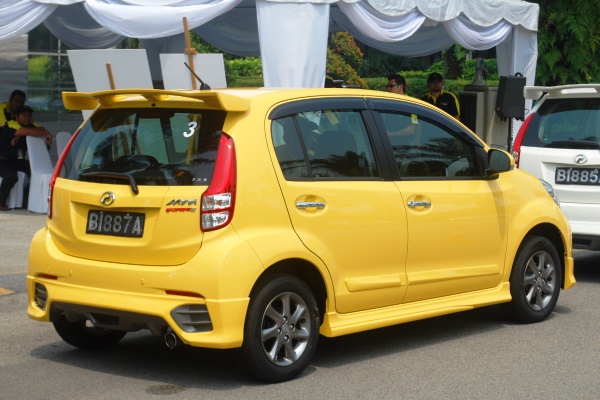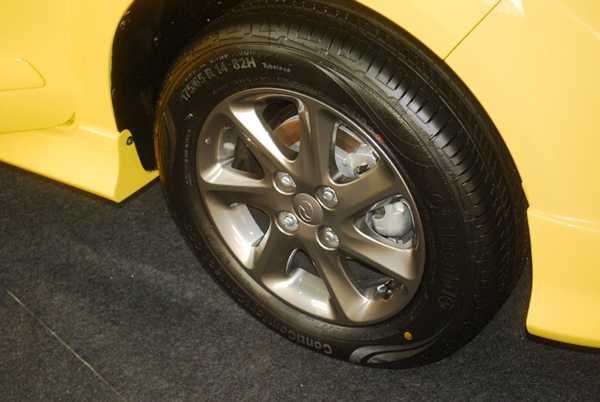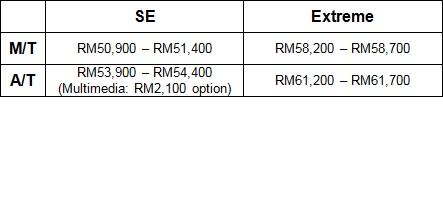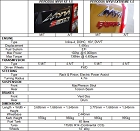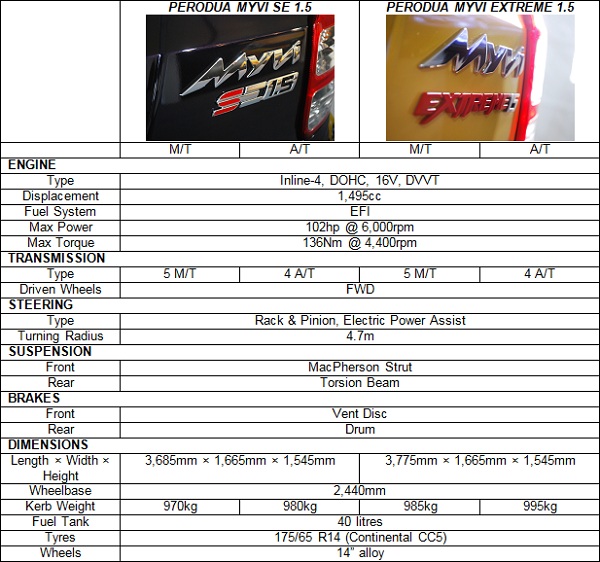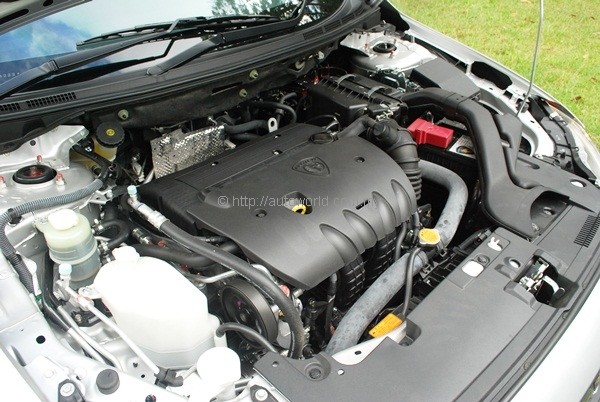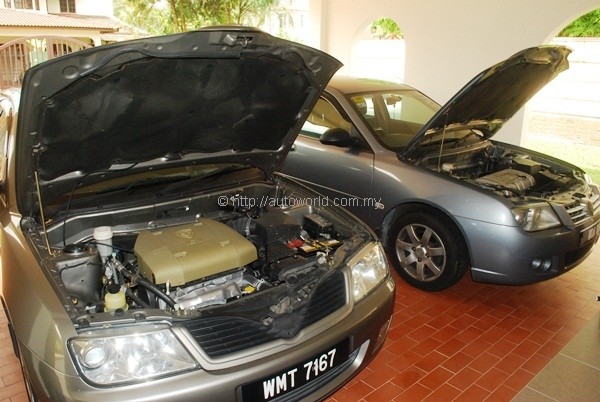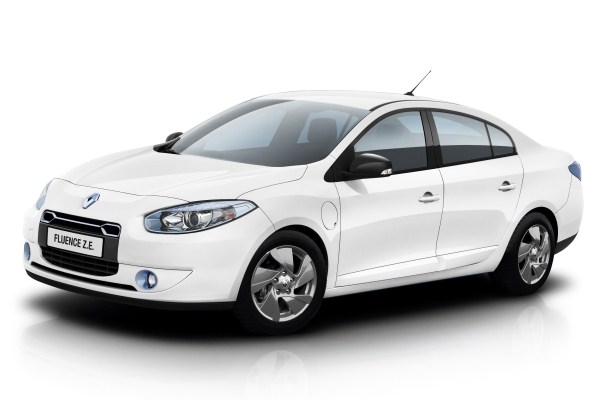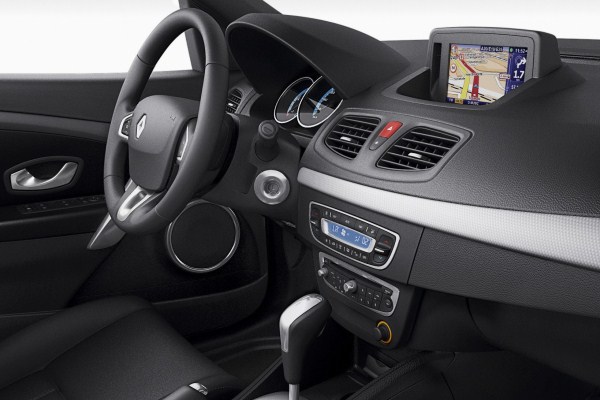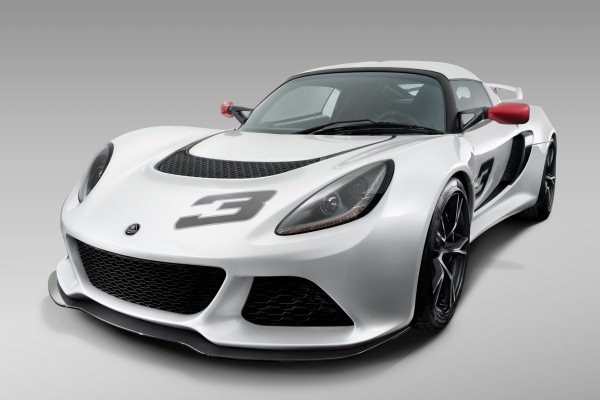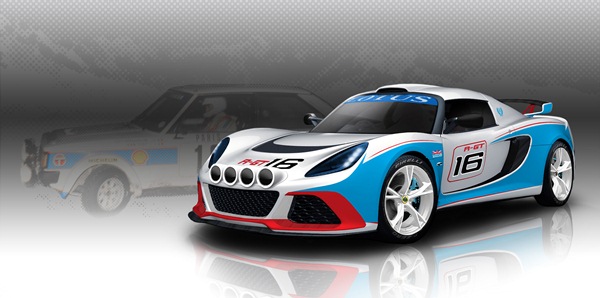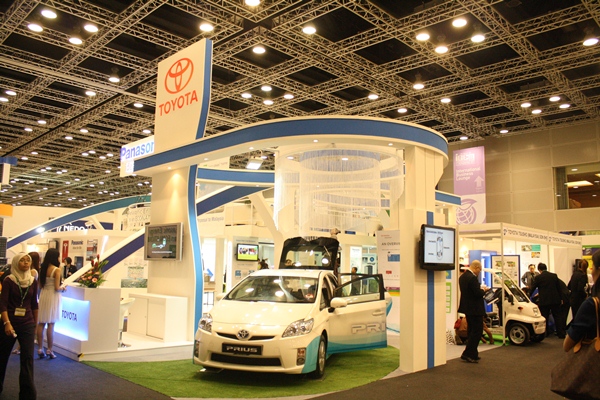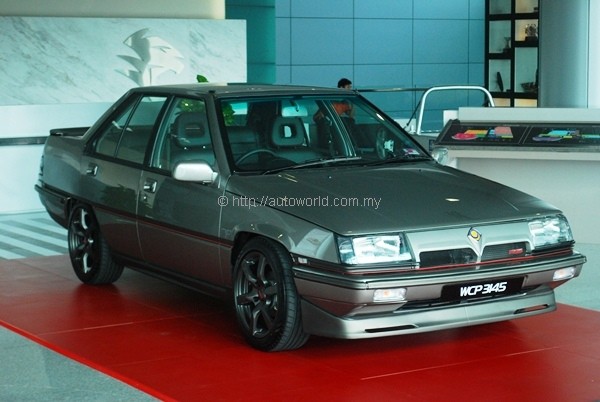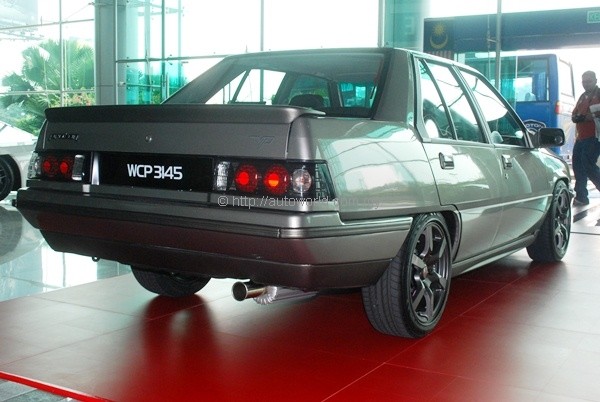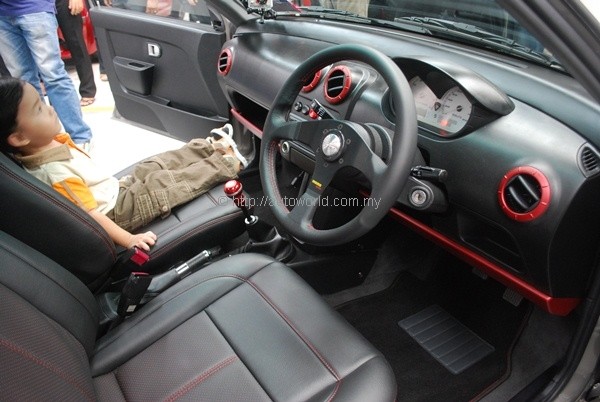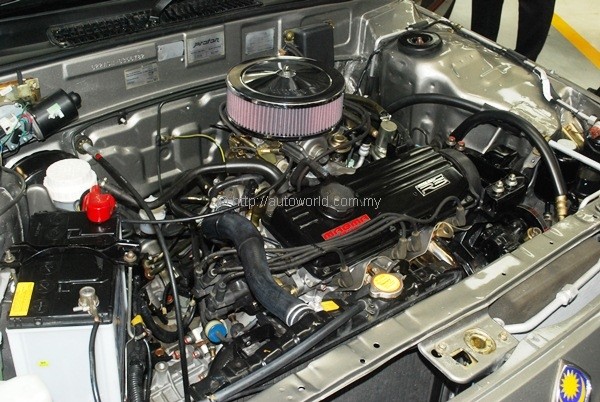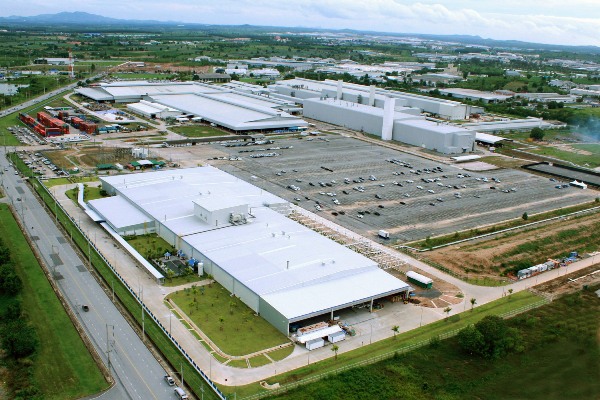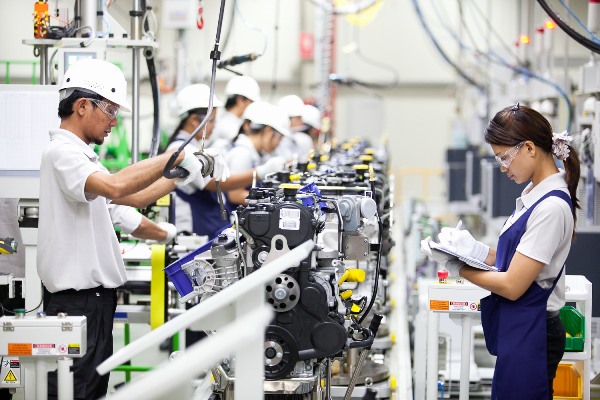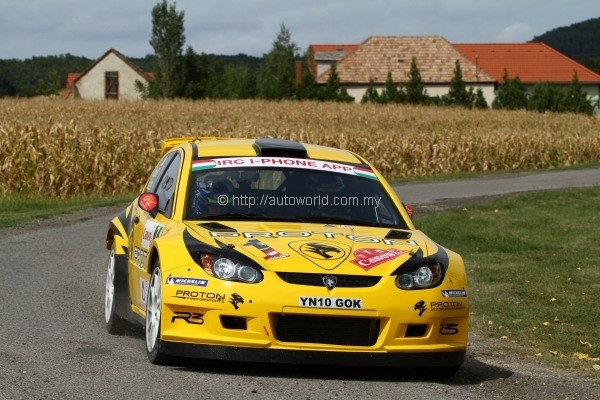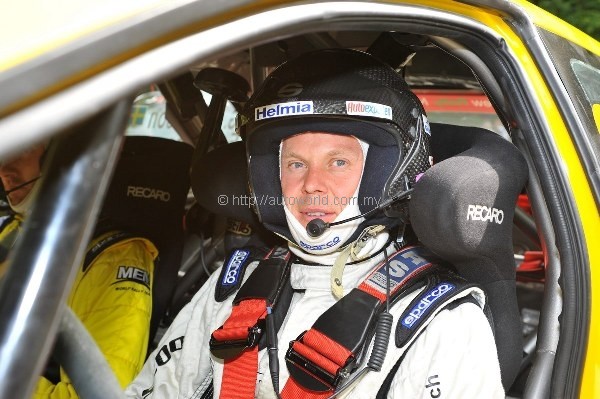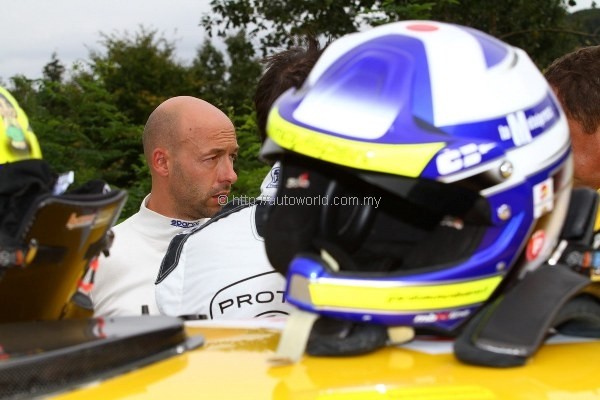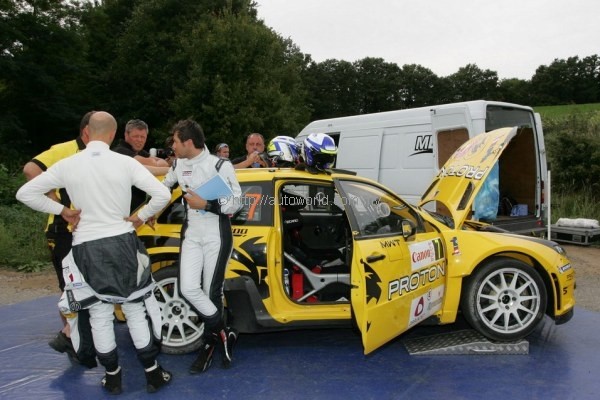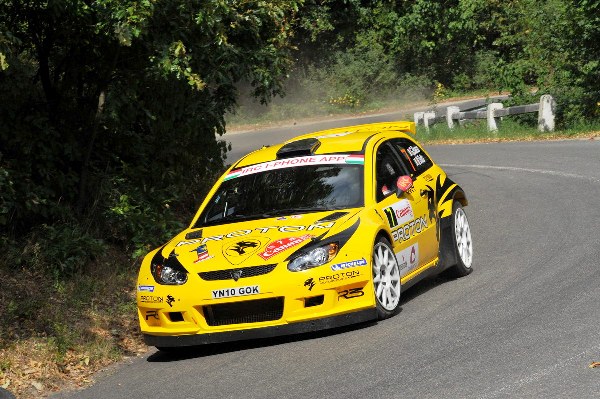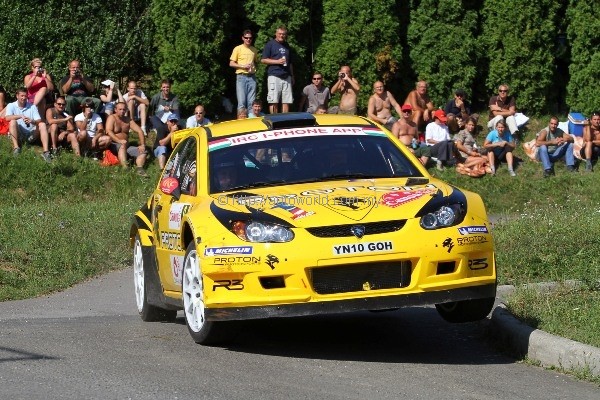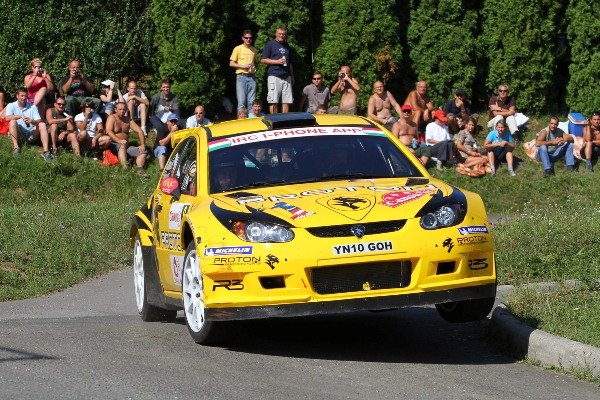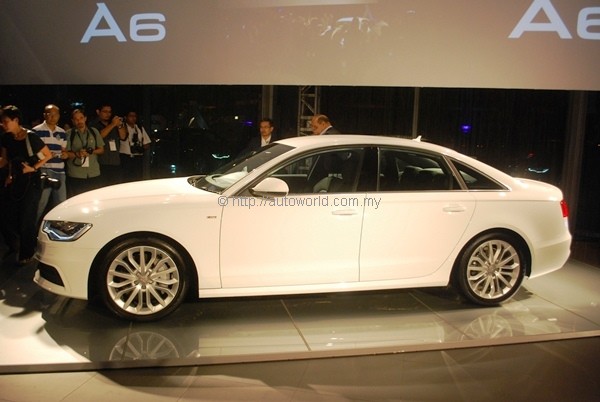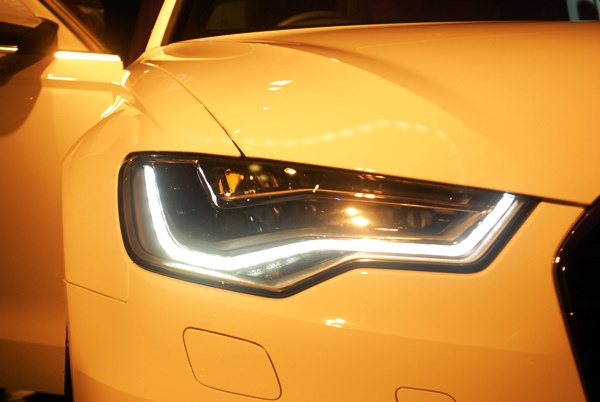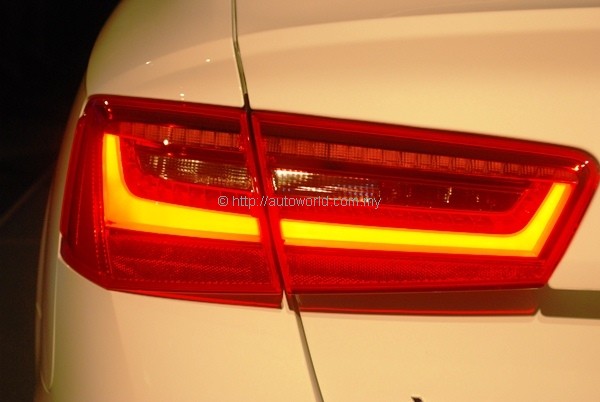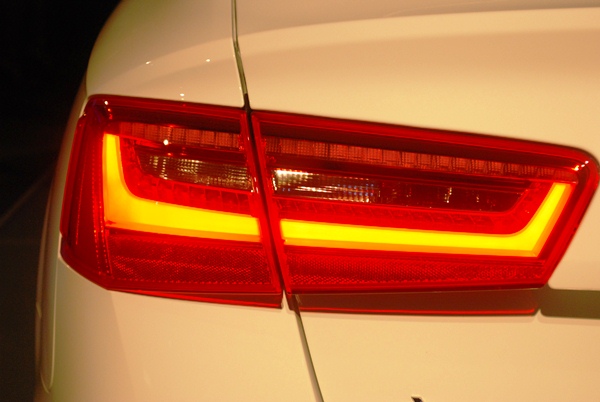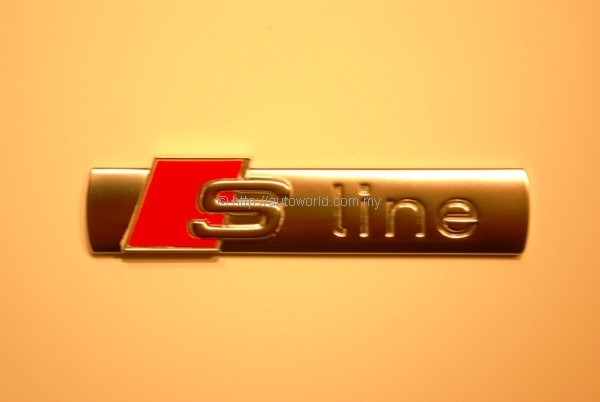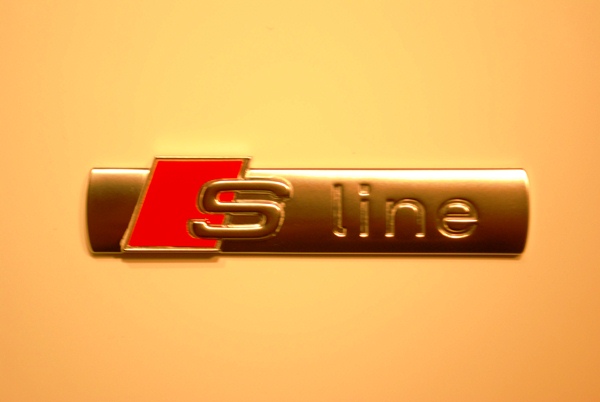When reviewing the new Myvi 1.3 earlier this year, one thought that crossed my head as I looked at its prices was that Perodua was starting to get cocky with their success. Although things started off reasonably well at RM43,900 for the entry model, it went a bit outrageous at the other end of the spectrum.
Perodua’s asking prices of RM54,400 (M/T) and RM57,400 (A/T) for the Elegance models are not the kind of money that I would pay for a Myvi. As news of a 1.5-litre model was confirmed, I had great certainty that Perodua will cross the magical RM60k mark with the new variant. Well, the Myvi 1.5 is here now, and it did breach the RM60k barrier, but the pleasant surprise is that it did not happen to the extent which was predicted.
Your invoice will bear a number starting with the digit ‘6’ only if you pick the top range Myvi Extreme 1.5 automatic, which goes for RM61,700 with metallic paint. Manual transmission costs precisely RM3,000 less, but smart money will go to the more modestly-specced SE model instead, which can be yours for between RM50,900 and RM54,400 depending on transmission and paint grade.
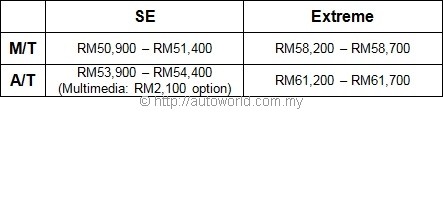 |
Order taking for the Myvi 1.5 commenced earlier this week, and Perodua expects the new variant to account for 45% of total Myvi sales. Demand for the Myvi 1.3 has been overwhelmingly good, and Perodua expects a significant number of buyers who have yet to receive their cars to upgrade their bookings to the 1.5. Since launch, Perodua has collected 34,000 bookings for the 1.3, but has only delivered 18,000 units as of 8 September. No sales figures have been released for the 1.5 as of now.
If you are among those 1.3 owners contemplating an upgrade of your order to the 1.5, there are indeed very good reasons to do so. Under the 1.5’s hood is Toyota’s 1,495cc 3SZ-VE engine which is also used in the Alza. For the Myvi, Perodua has tuned the engine to deliver 102hp @ 6,000rpm and 136Nm @ 4,400rpm. If that does not sound impressive, bear in mind that its kerb weight measures below a tonne – Perodua quotes a century sprint time of 9.98 seconds for the SE manual model.
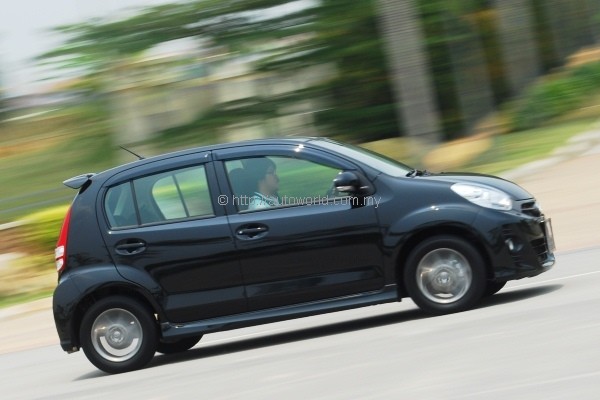 |
Both the SE and Extreme variants feature revised bumpers and bodykit to help distinguish themselves from the 1.3 models. Alloy rims continue to be 14″ items as per the 1.3, but feature a new 7-spoke design with grey finish. Perodua offers the SE with five colour options and Extreme with three. Both versions are available with Majestic Yellow, Ivory White, and Ebony Black, with Mystical Purple and Glittering Silver additional choices available for the SE.
Inside, the dashboard is of the same architecture used by the 1.3, but now finished in single black tone. Front occupants get semi-bucket seats, and leather trim is standard offering for the Extreme model. Steering-mounted audio controls are a welcomed addition for both, and in the Extreme, a touchscreen multimedia unit with GPS navigation is included as standard. The system is also offered in SE units with automatic transmission as a RM2,100 cost option. In terms of safety, both models get dual airbags, ABS, EBD, three-point seat belt for all passengers, driver seat belt pre-tensioner and ISOFIX child seat mounts as standard.
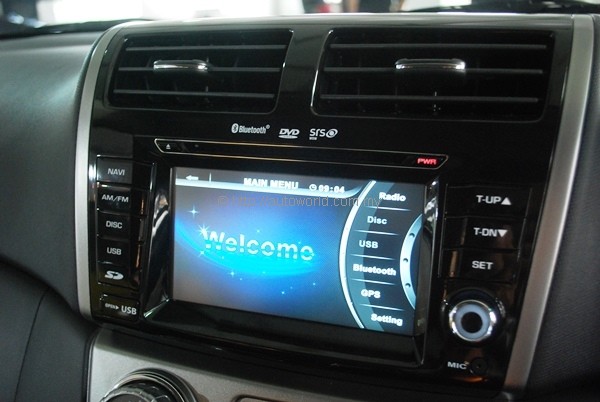 |
| Multimedia unit is standard in the Extreme. Cost option for SE auto. |
A couple of days back, the Malaysian media had an opportunity to try the Myvi 1.5 on the streets of Cyberjaya over a test route stretching about 8km long. The test cars all wore trade plates, and the two that I managed to try were barely run in – with only 500km on the odo. Although the engines were still tight, it became quickly clear that the new boys have more pace at its disposal compared to the 1.3.
Gear change of the manual version is noticeably improved compared to the 1.3’s. It feels less rubbery and a bit more precise, but biting point of the clutch was rather high and caught me off guard during a hill start. As per our views on the 1.3, our suggestion with the 1.5 is that you opt for the convenience of automatic transmission. If you’re one of those rare breeds that still prefer the pleasure of manual transmission, alternatives from Proton provide slicker and far more satisfying gear changes.
 |
| Extreme gets fiercer spoiler and bodykit. |
The bigger and heavier engine mean that not only is there an increase in overall vehicle mass, but also rearranged weight distribution compared to the 1.3. Taking that and also the engine’s increased performance into account, Perodua has naturally revised the 1.5’s spring and damper rates to stiffer settings. This change was immediately obvious as ride quality was firmer than what I recalled of the 1.3, although this could also be the result of over-inflated tyres.
With this new 1.5-litre variant, Perodua has finally answered the public’s call for a more powerful version of the Myvi. The aggressively styled Extreme version will appeal to the boy racers, but for our money, the SE model represents a far more sensible purchase, being priced a mere RM4,000 above the Premium 1.3. In fact, the SE certainly makes more sense than the eye-wateringly expensive Elegance 1.3. If you have placed a booking on the 1.3 but have yet to collect your car, you might want to give your Perodua dealer a call.
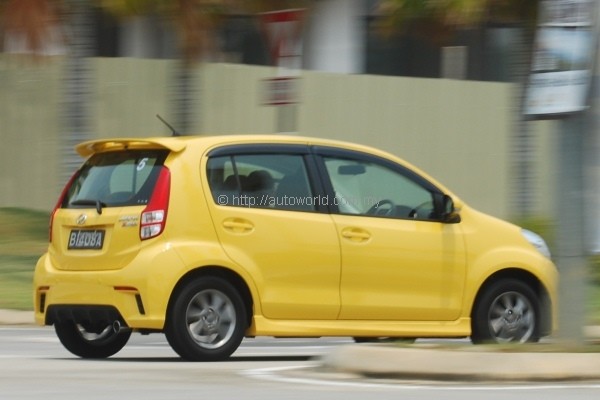 |
| For our money, SE now represents good value. |
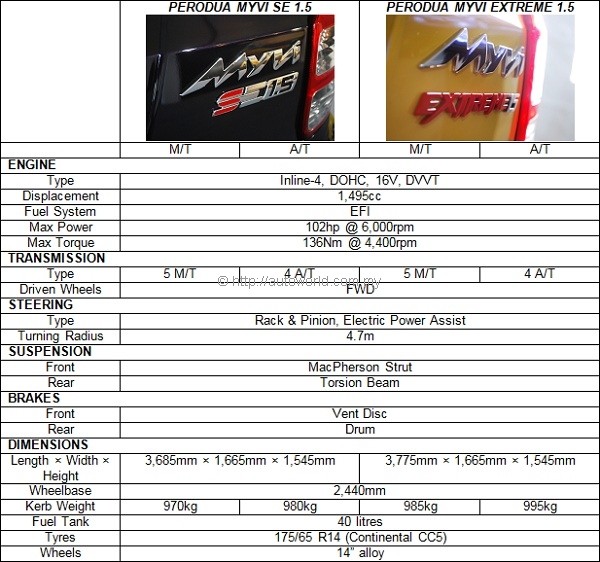 |





